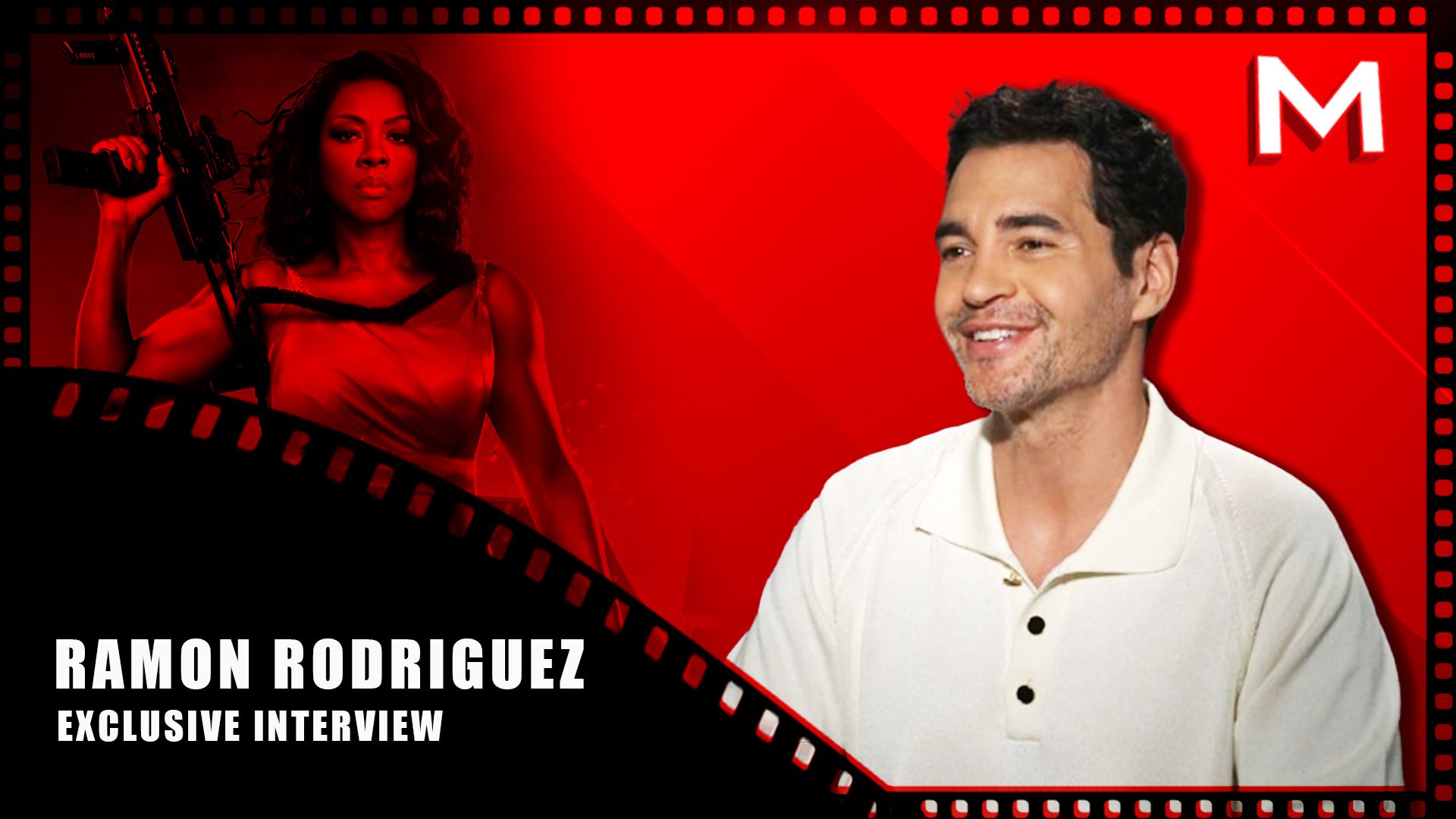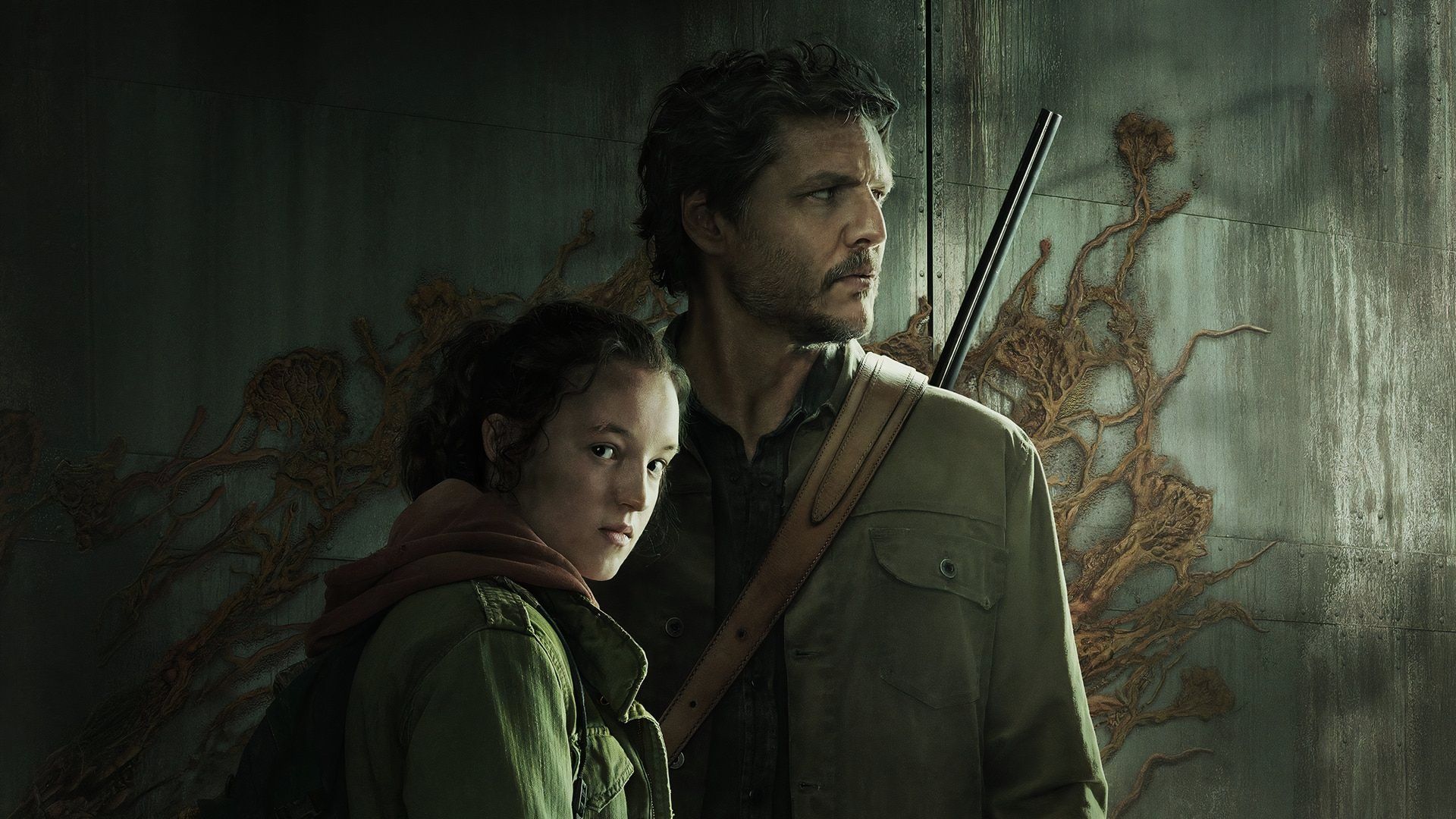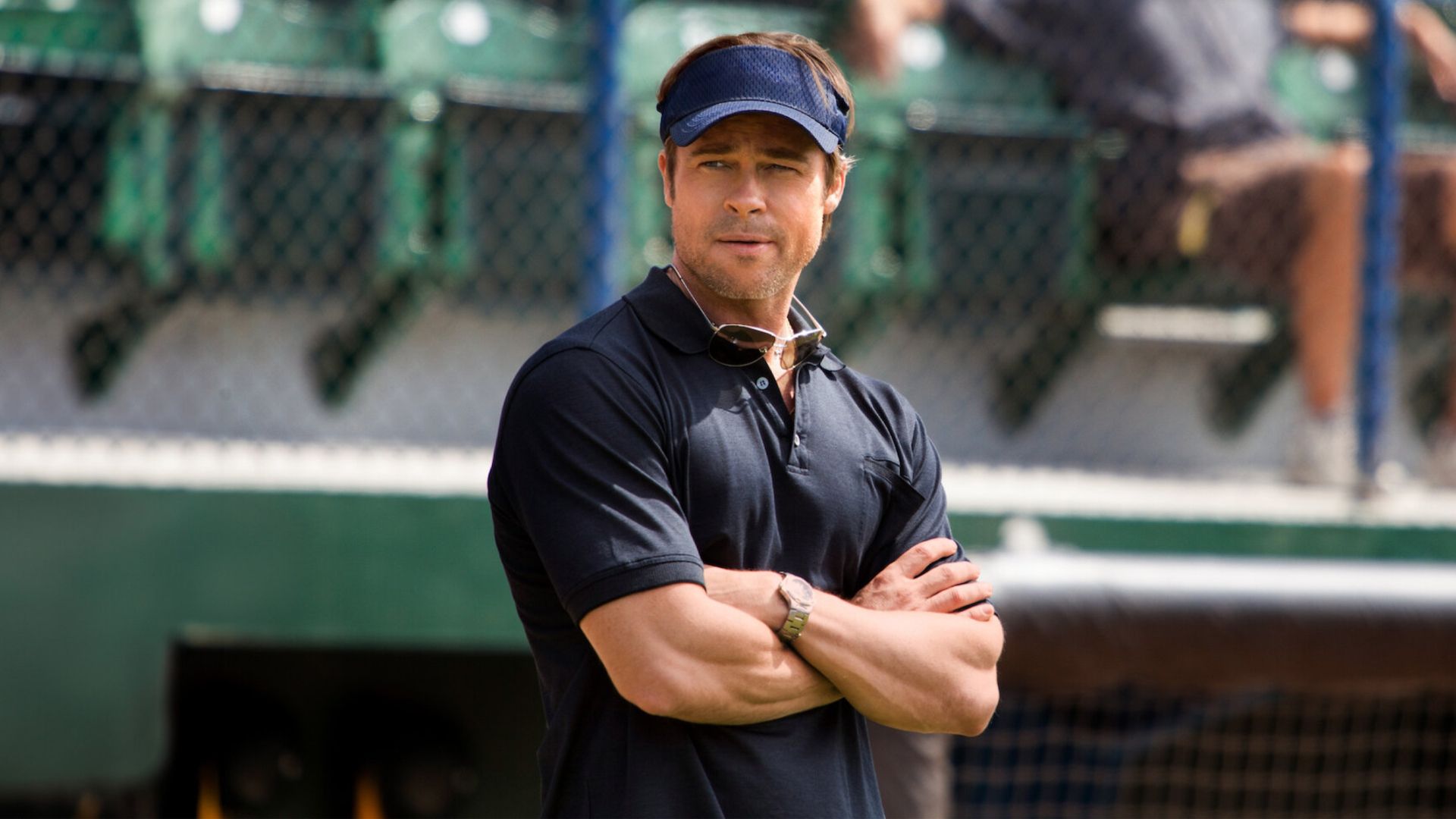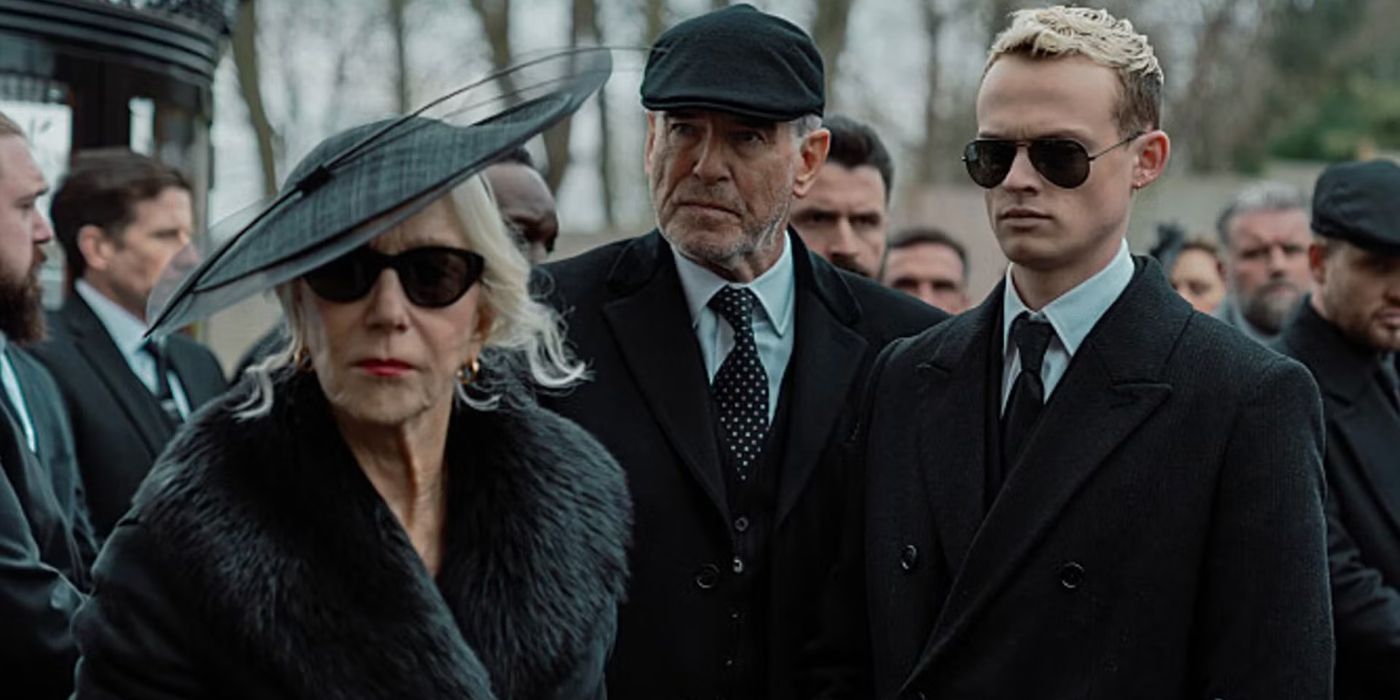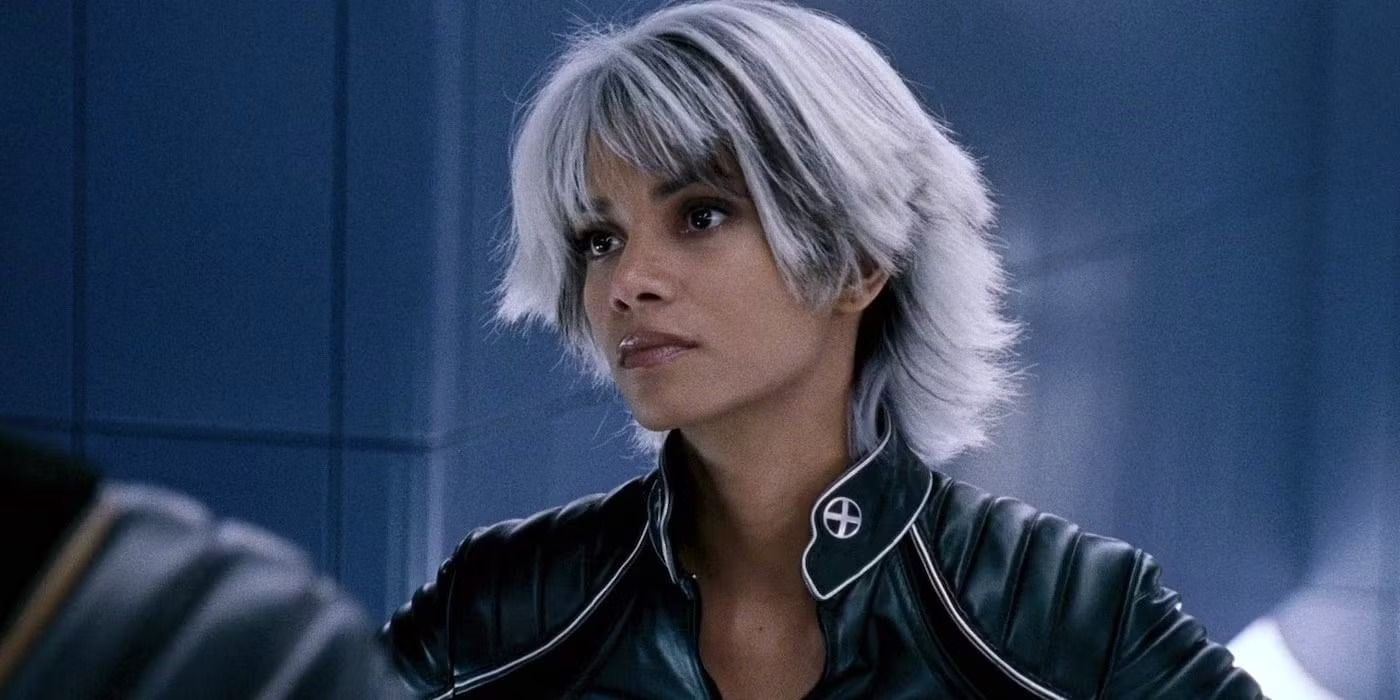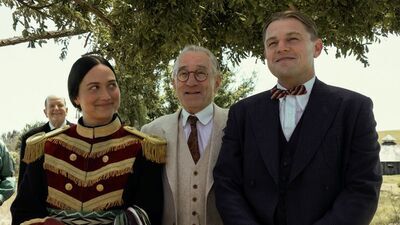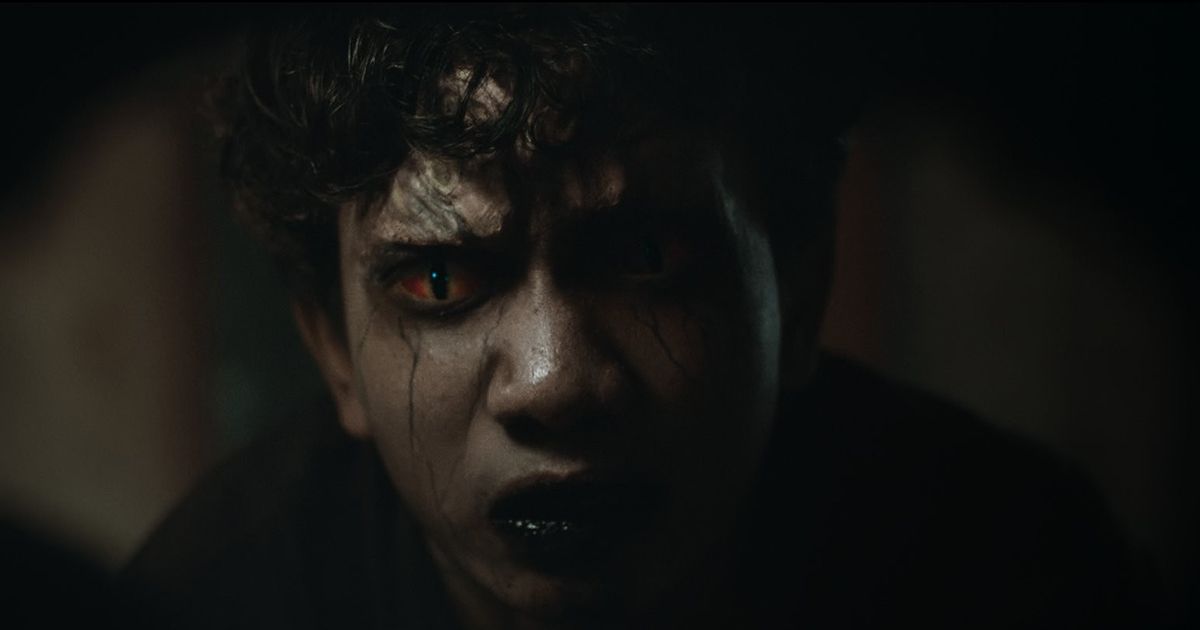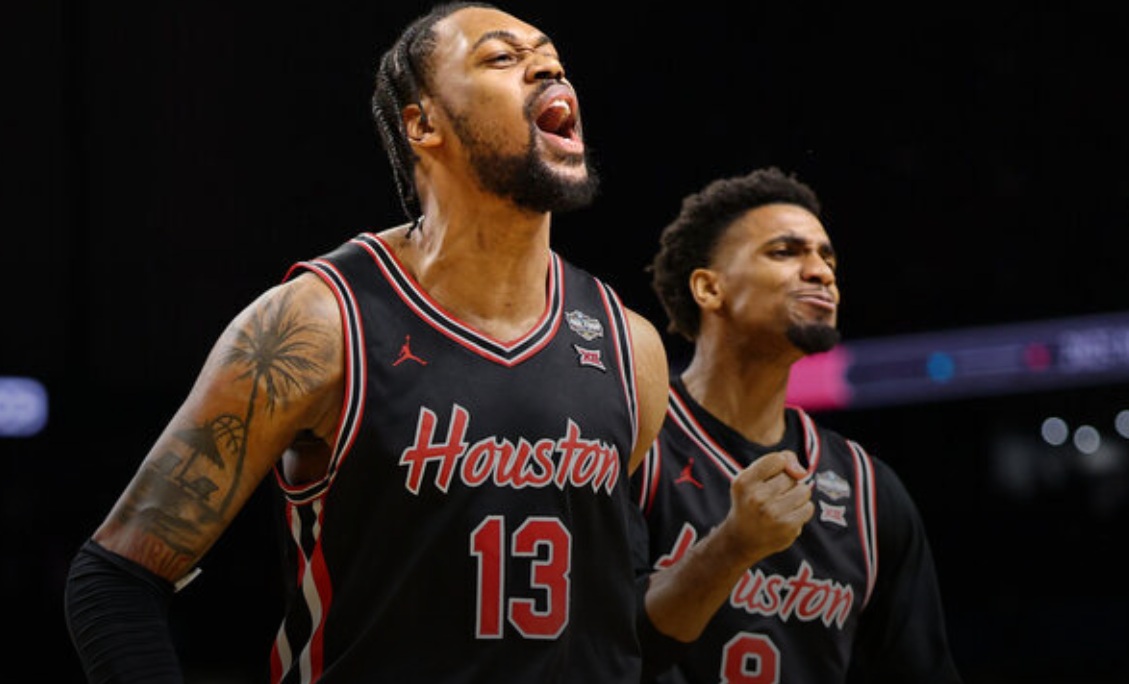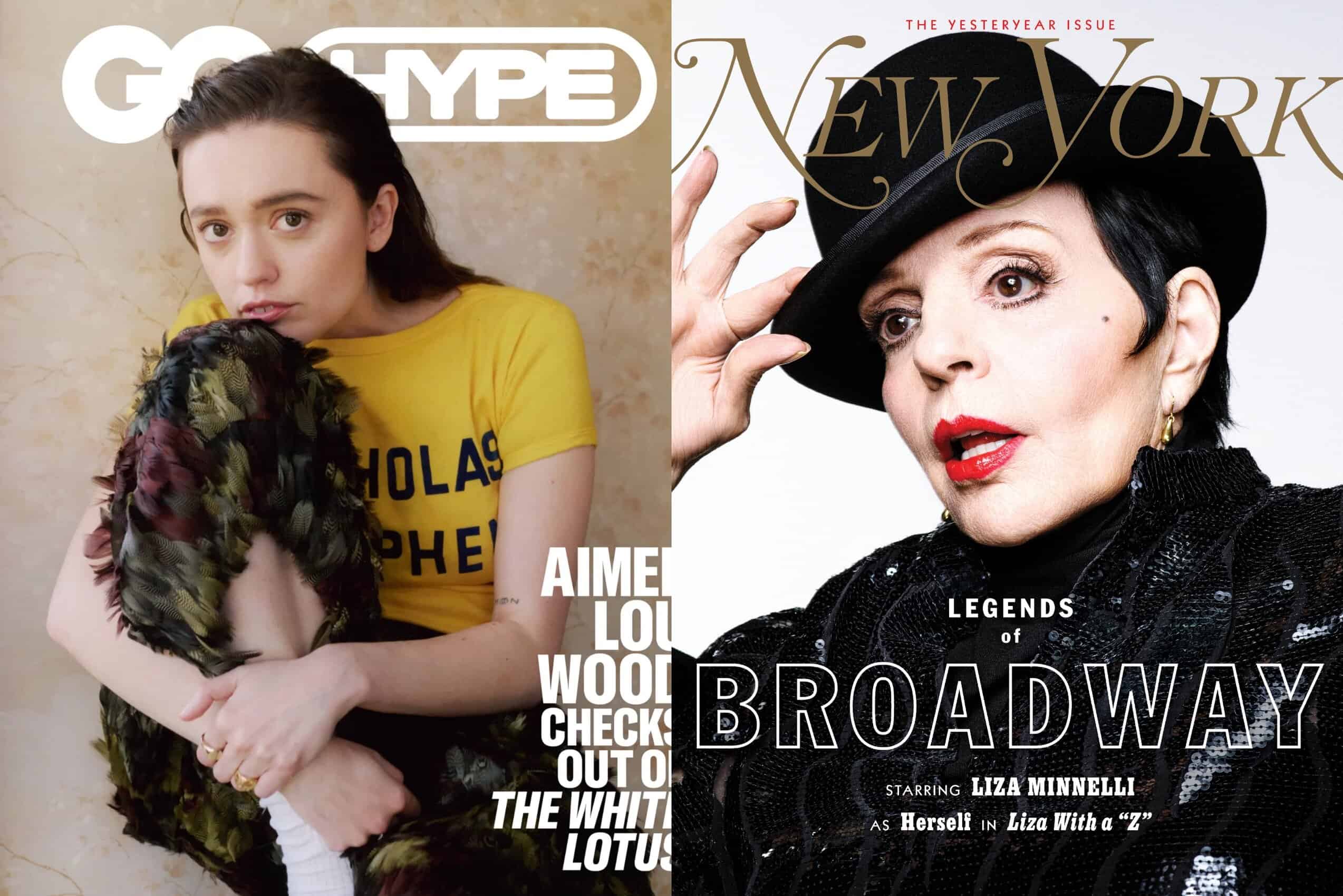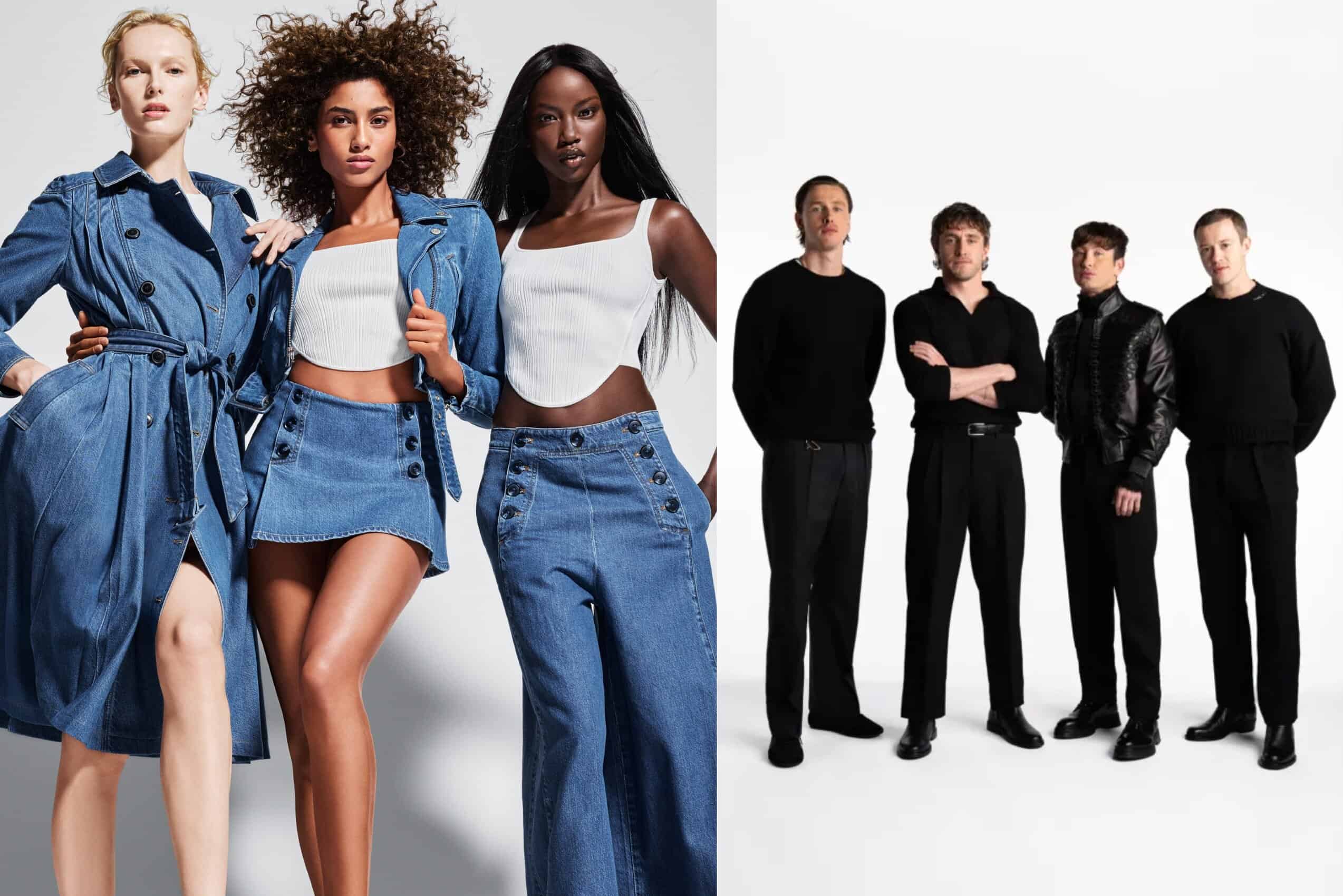Omar Sy returns to this now-franchise as Ousmane Diakité, the kind of cop who can hold his own even when he’s outnumbered and in a cage. So much, that he beats up a hulking MMA fighter in his own ring and ends the scene on a triumphant note where he makes the crowd shout, “The police! The police! The police!” Ousmane’s beatdown goes viral, and inspires the Paris police to use him and his Black skin for their chintzy social media campaign, something he scoffs at. He knows what they’re doing—trying to cover up the gross actions of other cops, unseen in the film but very visible in real life—but the movie itself drops this angle and takes on the duty of police PR itself. Meanwhile, Ousmane’s former police partner François Monge (Laurent Lafitte) is shown babbling to and then bedding his therapist, establishing himself as both the womanizer of the duo and the generic face of generic whiteness in policing.
All of this lip service, this winking, nearly kills the low-level amusement of “The Takedown” when the plot finally kicks off, after a severed body is discovered inside a train. Reunited by the case, Ousmane and François investigate with the help of a woman named Alice (Izïa Higelin), who sets off both of their boyish inabilities to talk to a woman they find attractive.
Alice becomes their tour guide of sorts through the town of the crime, a place so conservative that the mayor is a not so thinly veiled fascist. As if the movie is saying, one may not like cops, but at least they’re not out-and-out skinheads who even work at a security company that has a pseudo SS symbol for a logo. Any who, the top half of a guy named Kevin leads to some kind of thing about a super drug, one of many under-cooked story pieces in this messy script from Stéphane Kazandjian. There’s a larger conspiracy at hand, albeit expressed with such touch-and-go ideas that there’s little emotional stakes even when a house for immigrants is targeted for a bombing.
The movie does not only have an image problem with its cop optics, but also the big, explosive set pieces that Letterier works overtime to make visually incomprehensible. Making the first film look like a Sundance drama in comparison, “The Takedown” is packed with overzealously swooping, shaky cinematography, or jarring cuts that freely take us close-up during a scuffle and then suddenly put us in the sky, suggesting a personal beef between the editors and the fight choreography team. This flurry becomes sinfully ugly when mixed with the camera’s penchant for wide angle lenses that freely distort whatever is on the side of the frame, a terrible mix with a constantly moving camera. It’s another degree of ridiculous, dizzying, “slick” French action filmmaking, a direct descendant of the 14 cuts it took for Liam Neeson to jump a fence in Olivier Megaton’s “Taken 3.”
You can view the original article HERE.
